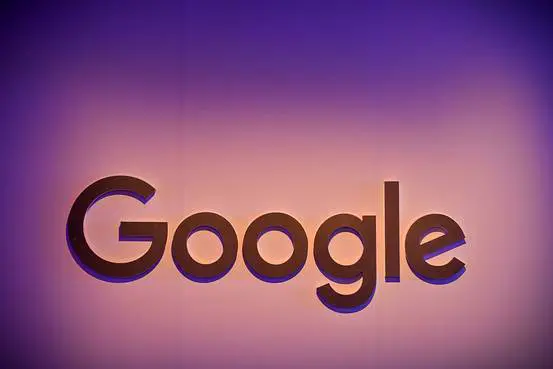The logo of Google is seen on display during a press conference in New Delhi on December 16, 2015.Agence France-Presse/Getty Images
(THE WALL STREET JOURNAL) Google disabled 49% more ads in 2015 than the prior year, as the Internet giant developed new ways to detect a rising tide of dubious online marketing tactics.
The Google, the world’s largest digital-advertising company, said it removed more than 780 million ads in 2015 for violating its policies, up from 524 million in 2014, 350 million in 2013 and 220 million in 2012.
“The absolute number of bad ads is going up as is the total number of ads we show,” said Tom Siegel, vice president of Google’s Trust & Security group.
Google blocks ads or banishes advertisers for many reasons, including promoting malicious software or counterfeit goods. It also removes ads that interfere with users viewing online content and others that prompt users to click accidentally.
It’s not clear how many bad ads still pierce Google’s digital dragnet. But Mr. Siegel said executives believe Google’s systems are getting more effective because most ads identified by users have already been detected by the company.
More than 1,000 of Google’s 60,000 employees monitor and remove ads, an important task because the company gets about 90% of its revenue from advertising. It’s also been hit financially for not adequately monitoring ads. In 2011, the companyagreed to pay $500 millionto settle allegations by the U.S. Department of Justice that ads for Canadian online pharmacies contributed to the illegal importation of prescription drugs. In the settlement, Google acknowledged it acted “improperly.”
Google blocked more than 12.5 million ads in 2015 for drugs that were unapproved or that made misleading claims, up from 9.6 million a year earlier.
Ads making misleading weight-loss claims were a big source of user complaints last year, prompting Google to suspend more than 30,000 websites from its ad systems. It declined to give a comparable number for 2014.
Ads claiming people can lose 40% of their weight in two weeks are obviously untrue, Mr. Siegel said. Others are less clear-cut so Google tries to understand the effectiveness of the products being marketed and whether they are approved by regulators, he said.
After identifying questionable weight-loss products, Google developed new algorithms to detect and remove ads promoting them. The software looks for keywords related to product names in the ads and on the webpages the ads point to. If Google is unsure whether to block ads, it sends them to hundreds of manual reviewers, Mr. Siegel said.
Google said it also detected a growing number of “trick to click” ads that pretend to be something else, such as a security warning or a button to clear an unwanted pop-up window. Users who click on them are directed to other Web pages and shown ads. Last year, Google rejected more than 17 million of these ads.
In 2016, Google said it would work to crack down on fraudulent clicks by automated computers known as bots. The bots can be costly to advertisers, who pay Google each time a user clicks on their ad.
In early 2014,Google bought Spider.io, a startup specializing in blocking online traffic fraud and it’s been integrating the technology into its ad services. Filters developed with Spider.io technologyreduced the number of fake clicksin May 2015 by 8.9%, Google said.
“We have to do more,” Mr. Siegel said. “Bots are a huge threat for the online ecosystem.”
 简体中文
简体中文

